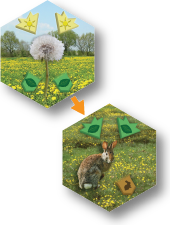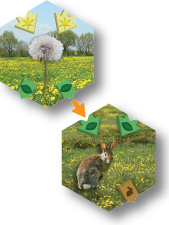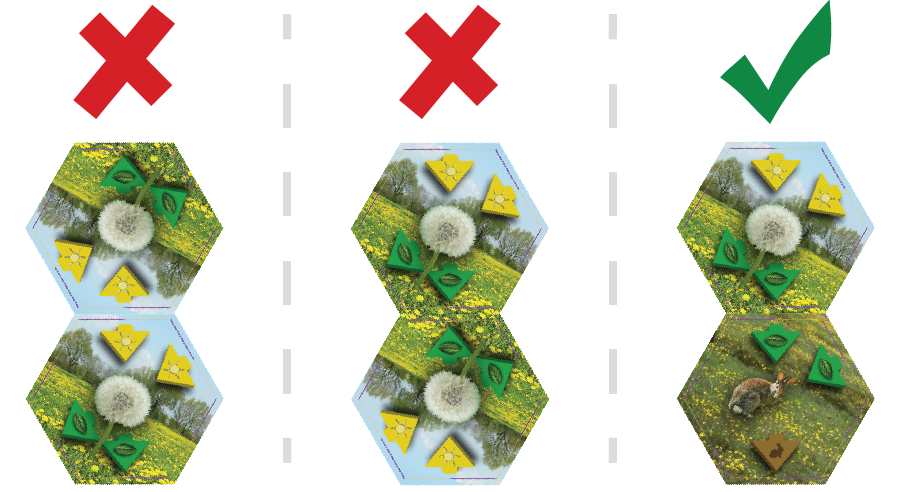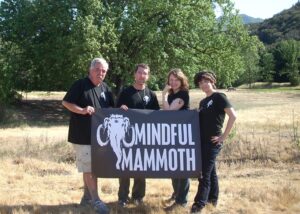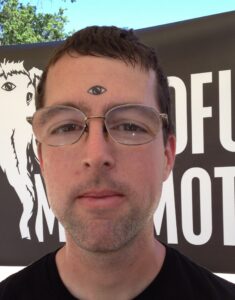Hello
This will be a differently flavored set of stories, coming from a very challenging year, and a place of personal exhaustion. Work happened. Triumph happened. Sadness and burnout happened too. I’m going to be a little more open about that than usual.
Truth and Sadness and Health
Just over a month ago, I went out to Santa Cruz Island with my One Spark Students for the final hurrah of the academic year. I love those people more than I can say, and it was a joy to share this time with them. On the way out, we were soggified by sea spray. When we reached Scorpion Harbor, we had a friendly island intro circle. I talked a bit about ecology, tasked everyone with finding a story to share with me, then sent folks out for a hike. Myself, I hung around the beach with a small crew - the fellowship of folks too injured to hike (more on that later). When the hikers returned, everyone had a story – white cliffs, a valiant crow struggling to land on a branch in high winds, a conversation that left them unable to stop laughing … and more. We traveled back to Ventura by boat, shared a lot of hugs, and parted ways. I love these people.
This last year was over-full. I’d been holding on with my fingertips, squeaking out every bit of effort I could. The end result, the day after this trip, was a me that was physically and mentally unwell.
Physically, I’ve been dealing with a string of joint issues going back roughly four years. In chronological order: one thumb, two elbows, two shoulders, one ankle, several non-thumb fingers, and tendons in both feet. I’ve had blood tests (no rheumatological problems found), x-rays, one MRI, and several rounds of physical therapy with three different providers. Some of those issues were RSI, some were obvious injury, and some had no reasonably explanation. As of this time, some joints have improved, and some remain unhappy. This limits my ability to do everyday work, as well as many activities that I enjoy.
What’s up with mental health? Teaching and making have always been hard. This last year was made extra challenging by covid, cultural conflict, environmental grief, and an increasingly dire economy. In the past nine months, I’ve rarely slept the whole night through. I often go to school tired, and come home even more tired. Some days, despite the obvious good of physical therapy, I’ve cancelled appointments and skipped exercises, because I’m so tired that I can’t even. In the spring semester, I’ve had regular (though minor) panic attacks about everything from lesson planning to the cost of buying new tires to the inefficiency caused by my panic attacks. Exercise always helps – except joint issues have made it difficult to impossible to do most of the active things that I enjoy. It’s been tough.
When school finished, I crashed. In this past month, I spent a lot of time with friends, diligently followed my physical therapy regimen, and did a lot of vegging. That vegging includes naps (sometimes twice a day), videogames (e.g. Going Medieval, Turnip Boy Commits Tax Evasion), and television (Stranger Things 4, Star Trek: SNW, and The Boys).
In the middle of this, there was a day where I took a short walk around my neighborhood. The experience of wind - the feel of the wind on my hands and face, and the sound of the wind through the trees - was almost transcendent. It’s not that I didn’t take short walking breaks during the school year – I did. And it’s not that there hasn’t been wind or trees – because those have always been around. Rather, it’s that I’ve been so caught up in my head that when I did take breaks, I couldn’t feel see or hear the world through the mental noise of my own busy-ness. I’m grateful to have the world back in my life.
When I reflect, I can imagine a different me. Someone more balanced and grounded. Someone who affirmatively takes on big challenges with equanimity. Someone like the folks you see in the movies, working in their workshop while the montage music plays, and producing steady streams of triumph. Sometimes, I can do that. I’m a pretty capable human being. Sometimes, I can’t. Sometimes, there is more than I can handle. This year, I pushed past my safe limits, and I’ve spent the last month dealing with the aftermath.
This summer, my goal was to dive into game development, and get something published by fall. That’s not happening. My new goal is health, and health does involve some so-called “productive” work. Making things is a skill, and I need to keep those skills exercised. It’s also pretty satisfying to bring something new into the world. But the most important thing I can do this summer is to recover my strength.
Today. Finally. After a month of friends and quiet and vegging, I’m feeling mostly a person again.
Accomplishments
So enough of the navel gazing. What’s actually been going on? Indeed, things have happened.
One Spark was a big win. In this most challenging year, all of our students came out stronger than they went in. I orchestrated a Pi Day pie fight (photo), taught classes in Island Ecology and Interactive Fiction, cheered a production of Hamlet, and helped kids understand technology by taking things apart (photo). Outside of classes, we’ve talked about philosophy, argued over whether a pizza is a sandwich, walked the trails around our new campus, and played multiple games of Throw Throw Burrito. I’m incredibly grateful to have shared so much time with these wonderful people.
ArtCenter was also a win. My game development classes were challenging, but mostly successful. The big triumph was the first ever in-person end-of-year Entertainment Showcase. On the final day of classes, game design students gathered on campus to eat snacks and share their work. Given that this is still a new program (just four years old), and that covid has been mucking things up for fully half of the lifetime of the program (two of the four years), community and humanity have been hard. Somehow, our students not only got to know each other, but actually built friendships, and this all came out in the showcase. Yes, the presentation was a little disorganized, but games were played, fun was had, and company was had.
LEG4 is a fizzle. Last fall, I submitted a proposal for the fourth volume in the Learning, Education, and Games series. This volume is subtitled, “50 games for inclusion.” I had proposed a short chapter on The Vale, an audio-only RPG specifically designed for visually impaired players. Unfortunately, writing that chapter would have required more energy than I had. That chapter also required more humility than I had. A hurried weekend of research taught me that there is a pretty active community of visually impaired folks who play audio games. I should have made it a priority to recruit a co-author from that community. Writing this chapter on my own would have been ableist arrogance. The end result is that I withdrew my proposal for LEG 4. Slightly unprofessional, but necessary.
Lastly, reviewing happened. In April, I reviewed 14 entries for the 2022 Games for Change student challenge. This month, I’m reprising my job as a volunteer juror for IndieCade, and I’ve reviewed nine games so far. Some were poor, but some were quite amazing. I appreciate this review work, as these semi-random assortments of games always expand my thinking around what games can be and do.
Change, and The Future
Back in March, I came to the realization that my stress level was unsustainable, as were my finances. I reached out to a recruiter, who agreed to help me look for possible full-time work. Last week, I accepted a full-time job teaching high school physics at the Buckley School in Sherman Oaks, beginning in August. This is a complicated win.
With this full-time job, I’ll have to leave One Spark and ArtCenter. At One Spark, I have spent years cultivating relationships with students, families, and fellow teachers. I love those people. Distancing myself from them is an enormous sadness. I cried. At ArtCenter, I’ve enjoyed working with creative students, and leaving them behind will be another sadness.
The good news is that I’ll have a more sustainable lifestyle. I will be able to do physical therapy and (hopefully) make a full recovery. I’ll have modest freedom on evenings and weekends, to play and climb and relax with friends. I’ll have financial resources to deal with whatever this year may bring. And I’ll have new people at Buckley. Those people are still mostly unknown to me, but my experience so far has been uniformly positive.
tl;dr: This necessary change brings much needed hope.
Next
In the final month of summer, I’m ready to get back to work. I expect to split my time into thirds: one third preparing for the upcoming school year, one third working on game projects, and one third goofing off. The Buckley physics class is wholly new, never having been taught there before. It will need a syllabus, careful planning around labs and options, and detailed lessons for at least the first two weeks. On the games, I’d also like to make some real progress on the Go Extinct! app project. Most importantly, I need to keep up on the self-care with physical therapy, friend time, and veg time. That’s the plan. I’ll keep you updated on how that goes :)
Thank you
It’s been a year. More than ever, I’m grateful for friends and family.
- Tim
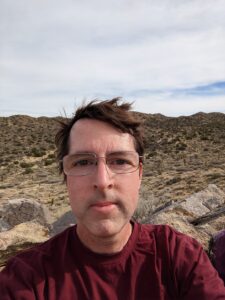


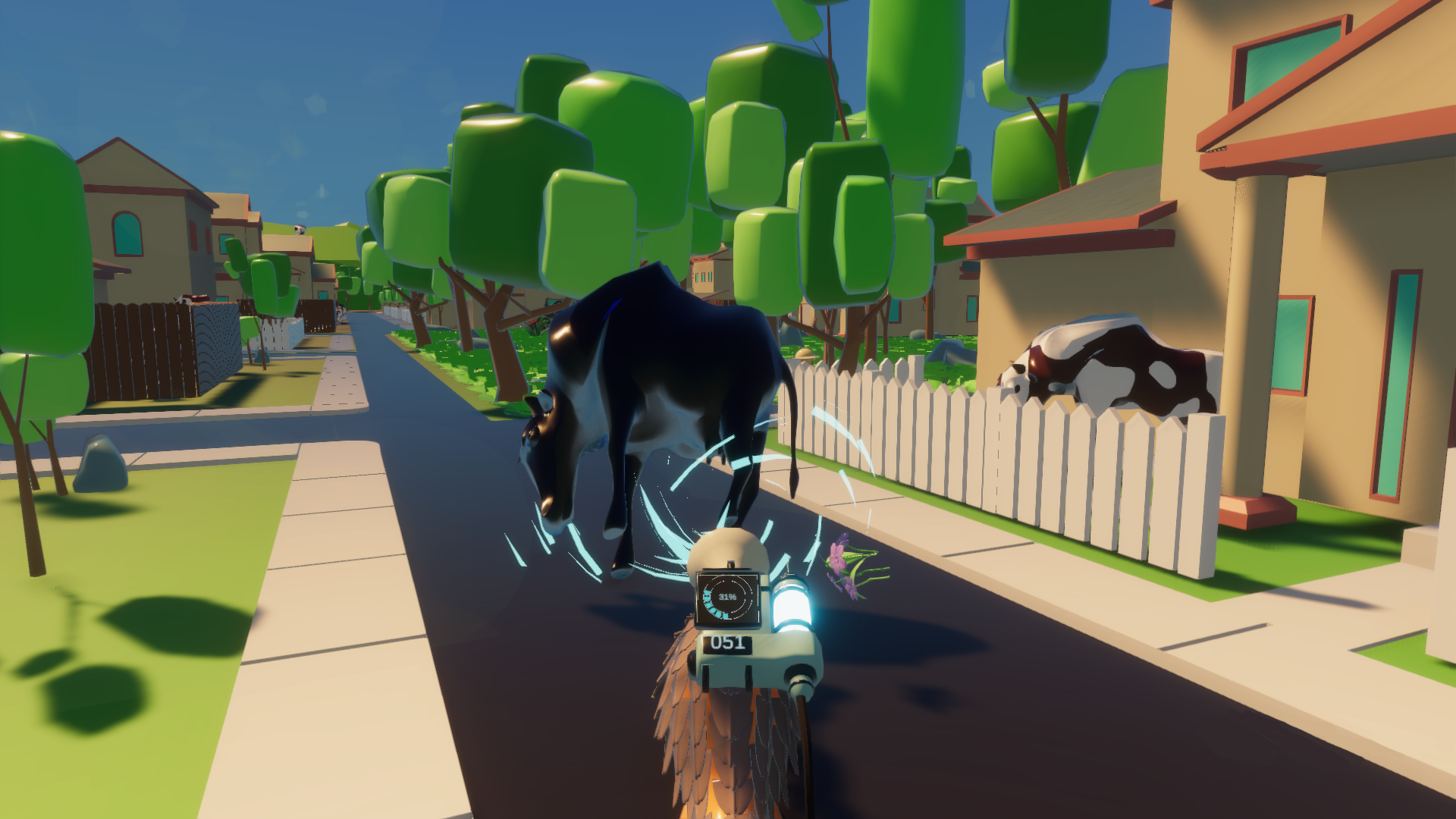
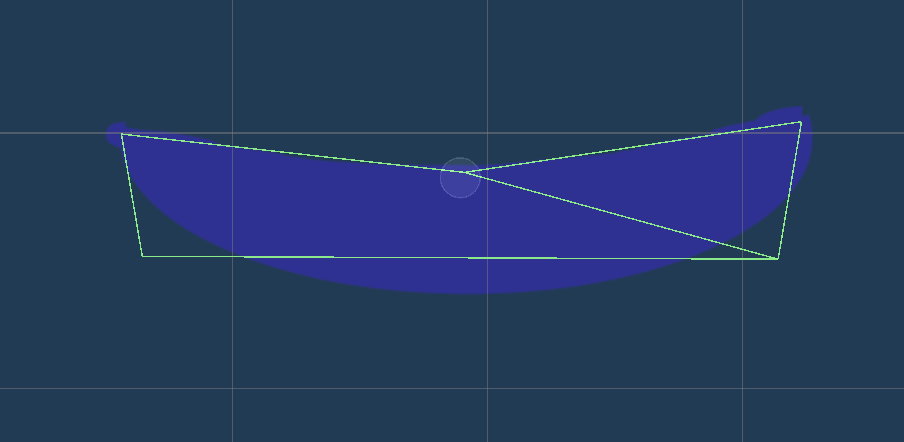
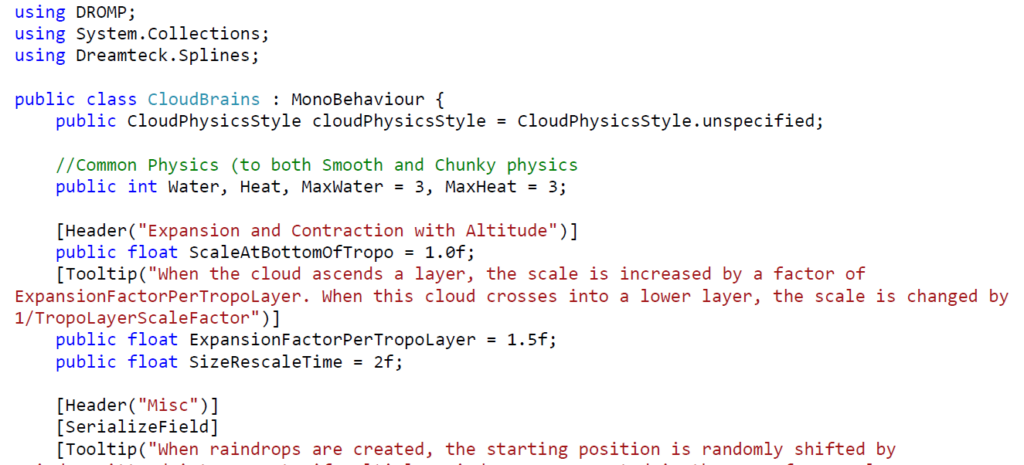
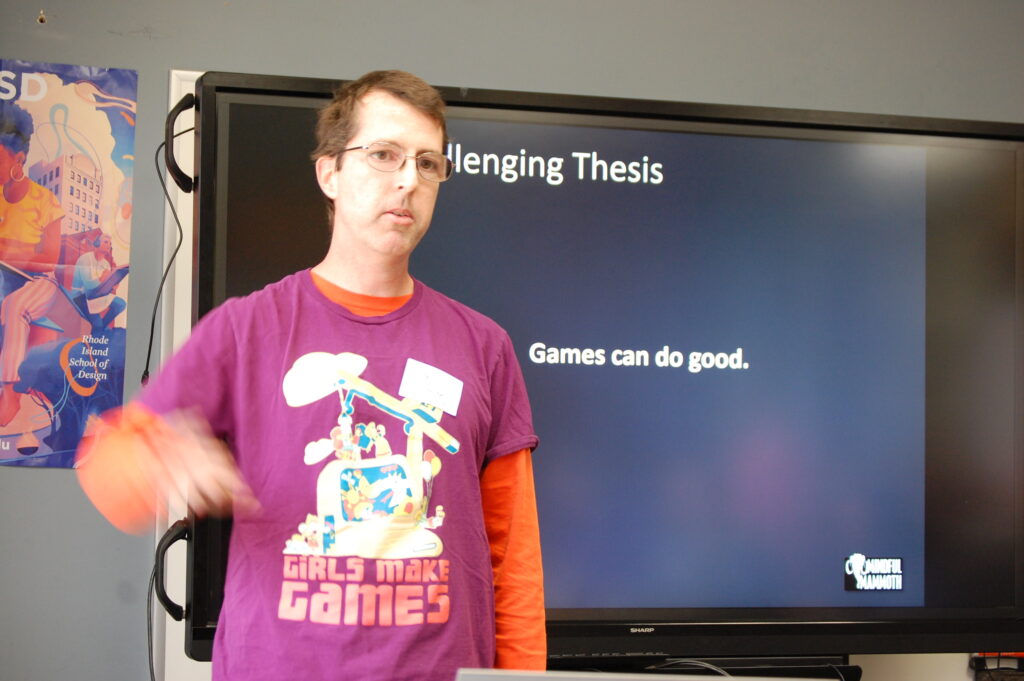
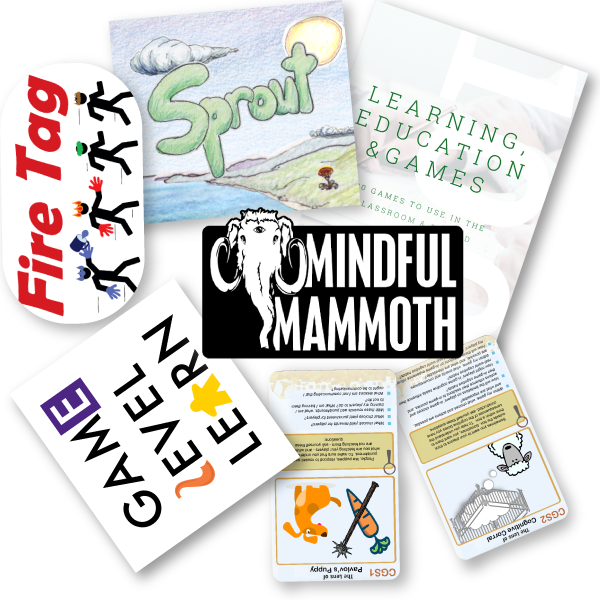
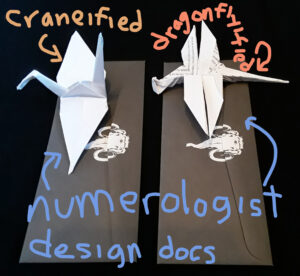 The
The 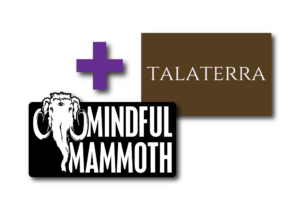 Two weeks ago, Tania Marien interviewed me for
Two weeks ago, Tania Marien interviewed me for 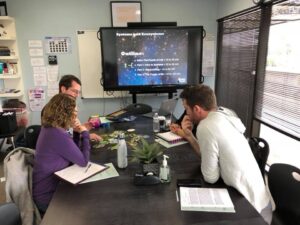 Let’s see. Since last we talked,
Let’s see. Since last we talked, 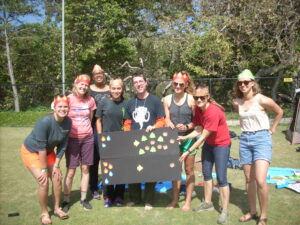 ekend, as planned, I joined the annual state-wide meeting of the California Association of Environmental and Outdoor Educators (
ekend, as planned, I joined the annual state-wide meeting of the California Association of Environmental and Outdoor Educators (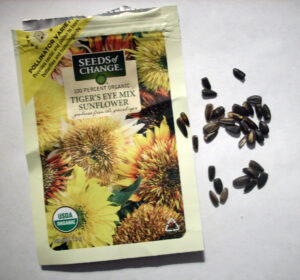
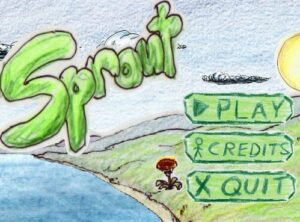

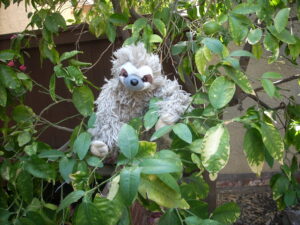
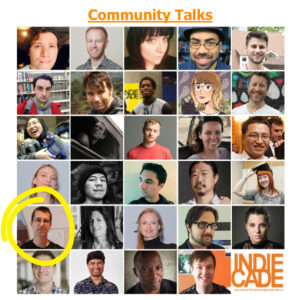
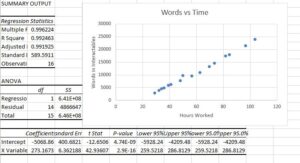
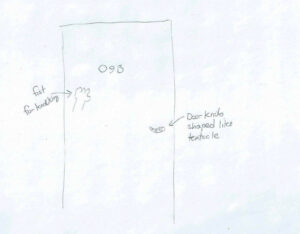
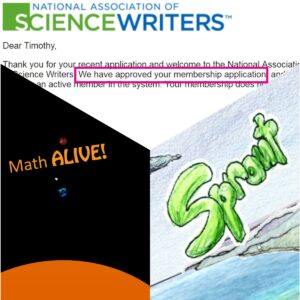
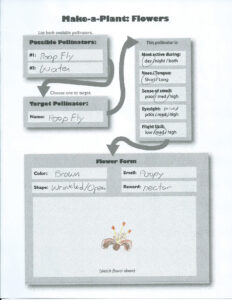
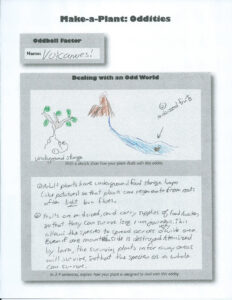
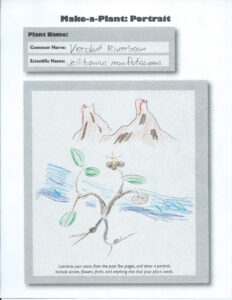
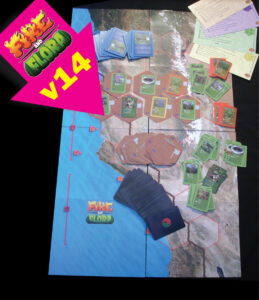
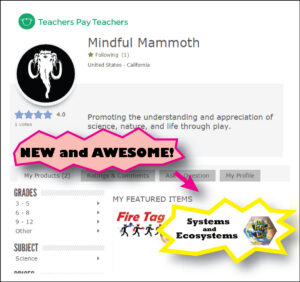
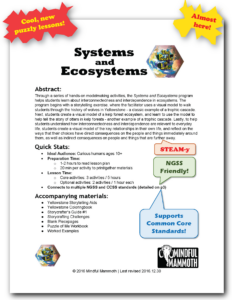

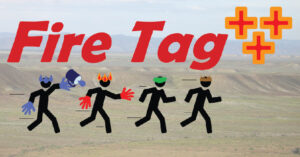

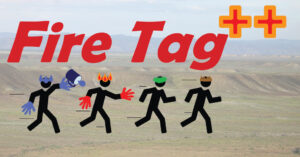

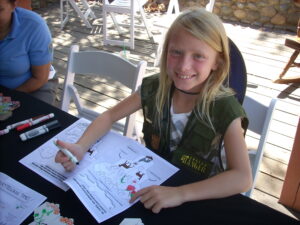
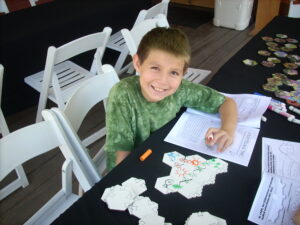
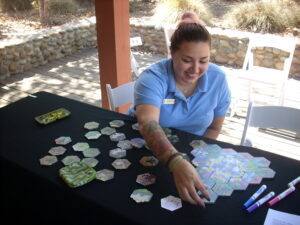
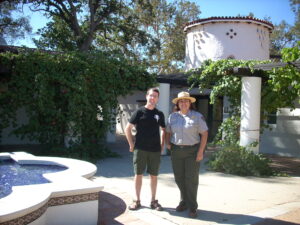
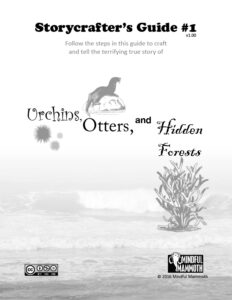
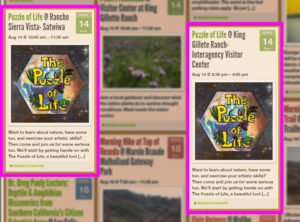
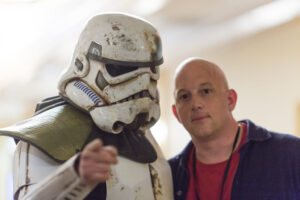
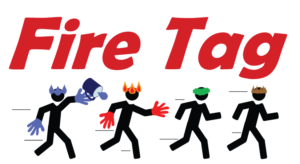
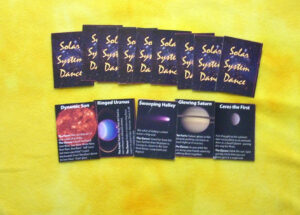
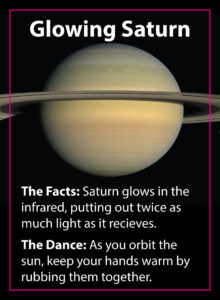
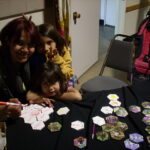
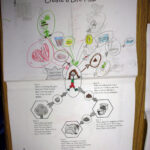
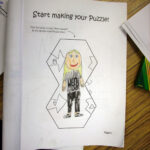
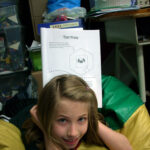

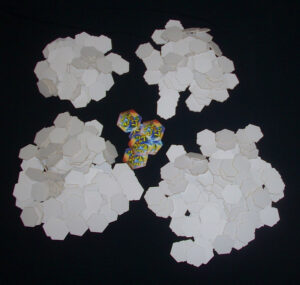 400+ laser-cut foamboard bits, all geometrically compatible with The Puzzle of Life. You can create a piece based on your favorite plant, animal, person (real or fictional), or yourself - and then see how that piece fits into The Puzzle of Life![/caption]
We're getting prepared for the
400+ laser-cut foamboard bits, all geometrically compatible with The Puzzle of Life. You can create a piece based on your favorite plant, animal, person (real or fictional), or yourself - and then see how that piece fits into The Puzzle of Life![/caption]
We're getting prepared for the 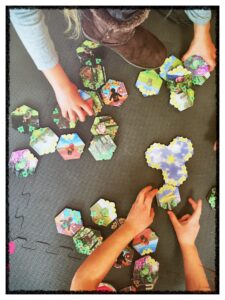
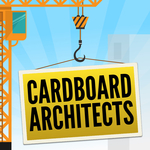
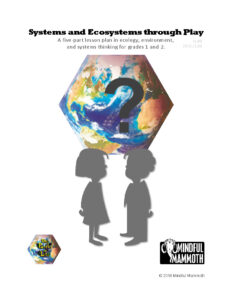
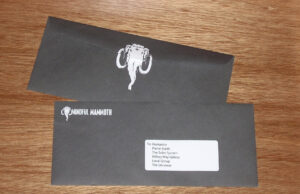

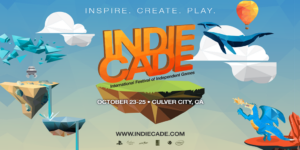
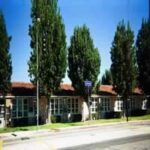 In other news, we've scheduled two more playdates. In November, we'll be bringing the Puzzle of Life to two classrooms at
In other news, we've scheduled two more playdates. In November, we'll be bringing the Puzzle of Life to two classrooms at 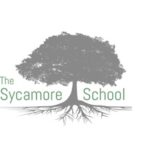 Then, later in the month, we'll share the Puzzle with the students of the
Then, later in the month, we'll share the Puzzle with the students of the 
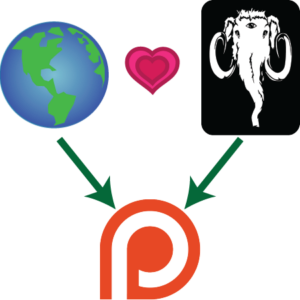
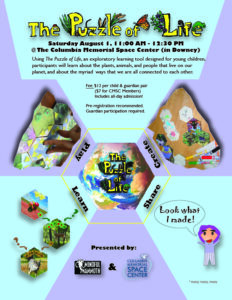
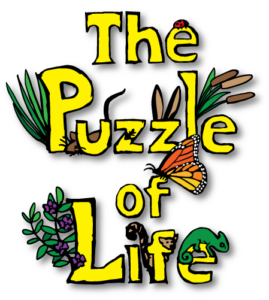
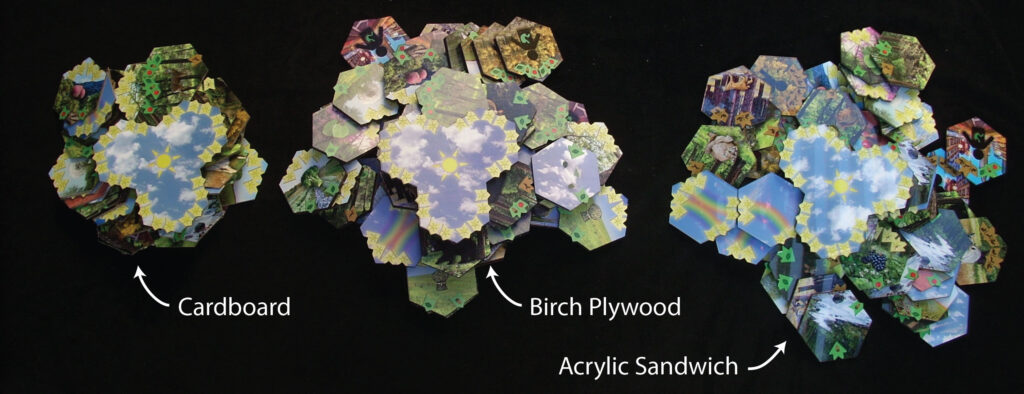
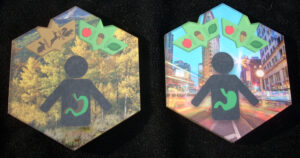

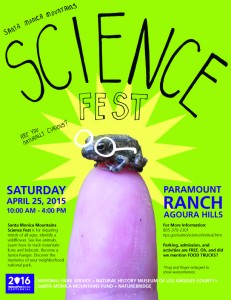
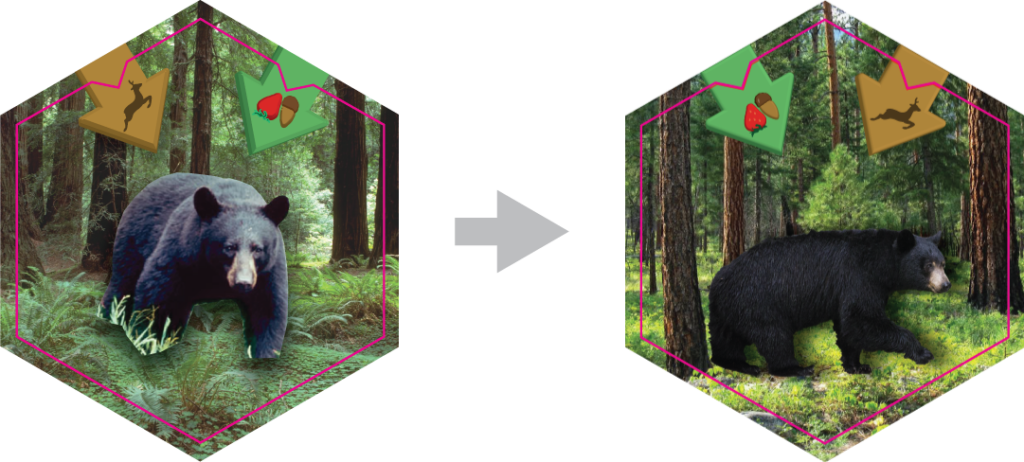
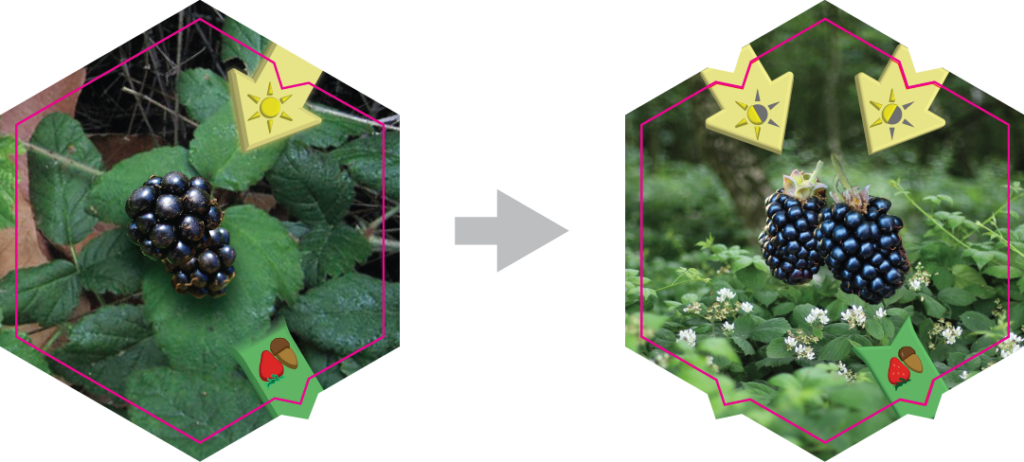
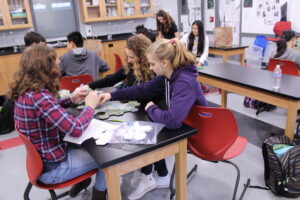
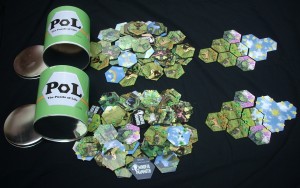 Each piece is a sandwich: acrylic - image - acrylic. Not knowing any better, I'd expected the images to be glued on the outside of the acrylic, as image-acrylic-image. However, now that I've looked at the pieces, I kinda like this design. The glossy acrylic surface makes the pieces a bit hard to photograph, but I think the acrylic will protect the images from hard play, meaning that this kind of sandwich will be more durable than the one I'd originally had in mind.
Notice that there are those two versions I was talking about. The top set of tiles have straight edges, while the bottom set have pointed/dimpled edges. You can see the difference a bit better in closeup:
Each piece is a sandwich: acrylic - image - acrylic. Not knowing any better, I'd expected the images to be glued on the outside of the acrylic, as image-acrylic-image. However, now that I've looked at the pieces, I kinda like this design. The glossy acrylic surface makes the pieces a bit hard to photograph, but I think the acrylic will protect the images from hard play, meaning that this kind of sandwich will be more durable than the one I'd originally had in mind.
Notice that there are those two versions I was talking about. The top set of tiles have straight edges, while the bottom set have pointed/dimpled edges. You can see the difference a bit better in closeup:
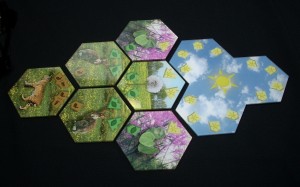
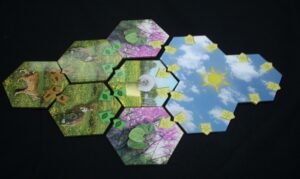 As I've had these pieces for less than 24 hours, I've only been able to share them with two folks. Interestingly, both of them strongly preferred the second style, with with pointed/dimpled edges. I want to do some more playtesting before making a final decision, but right now, the points have a strong lead.
As I've had these pieces for less than 24 hours, I've only been able to share them with two folks. Interestingly, both of them strongly preferred the second style, with with pointed/dimpled edges. I want to do some more playtesting before making a final decision, but right now, the points have a strong lead.